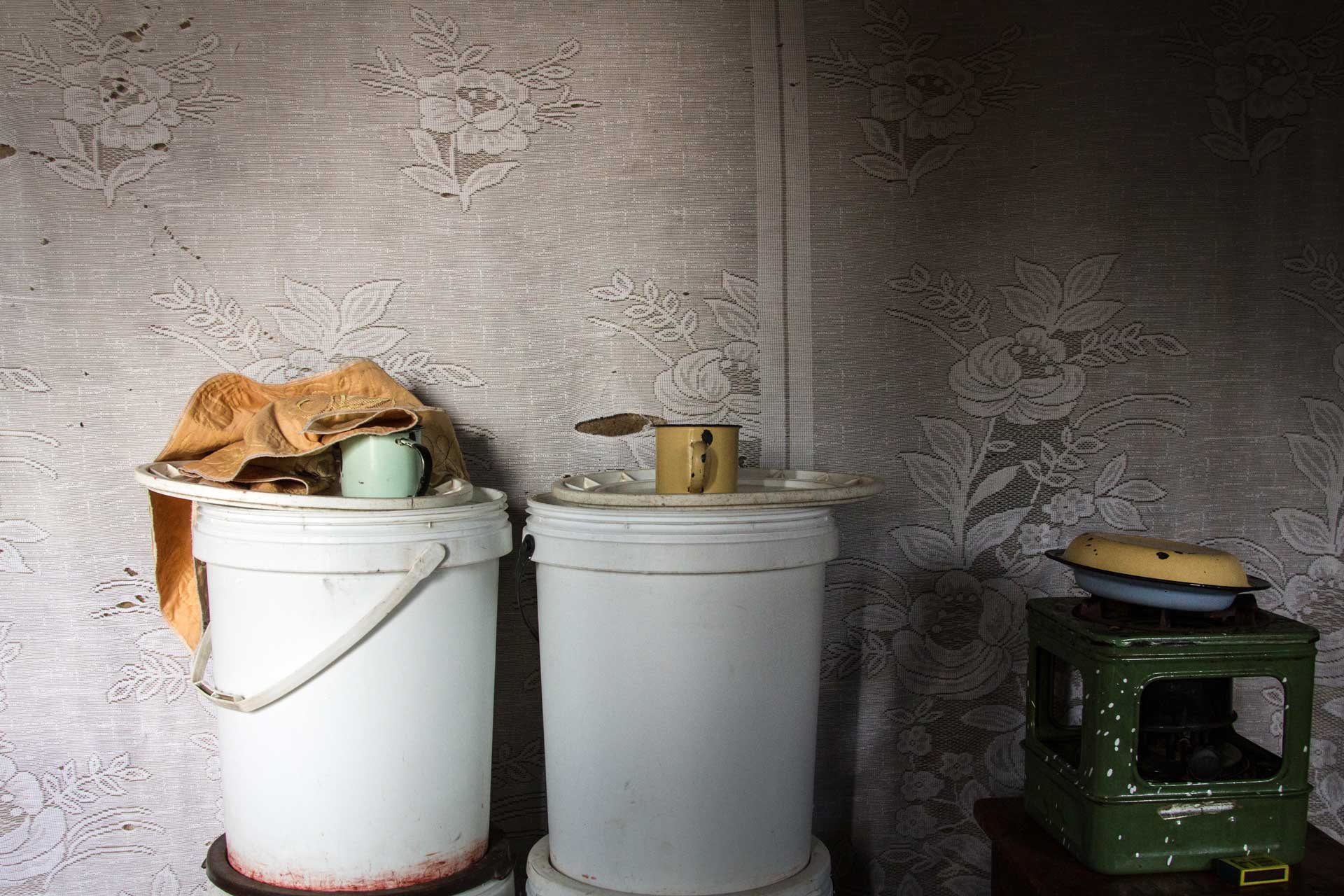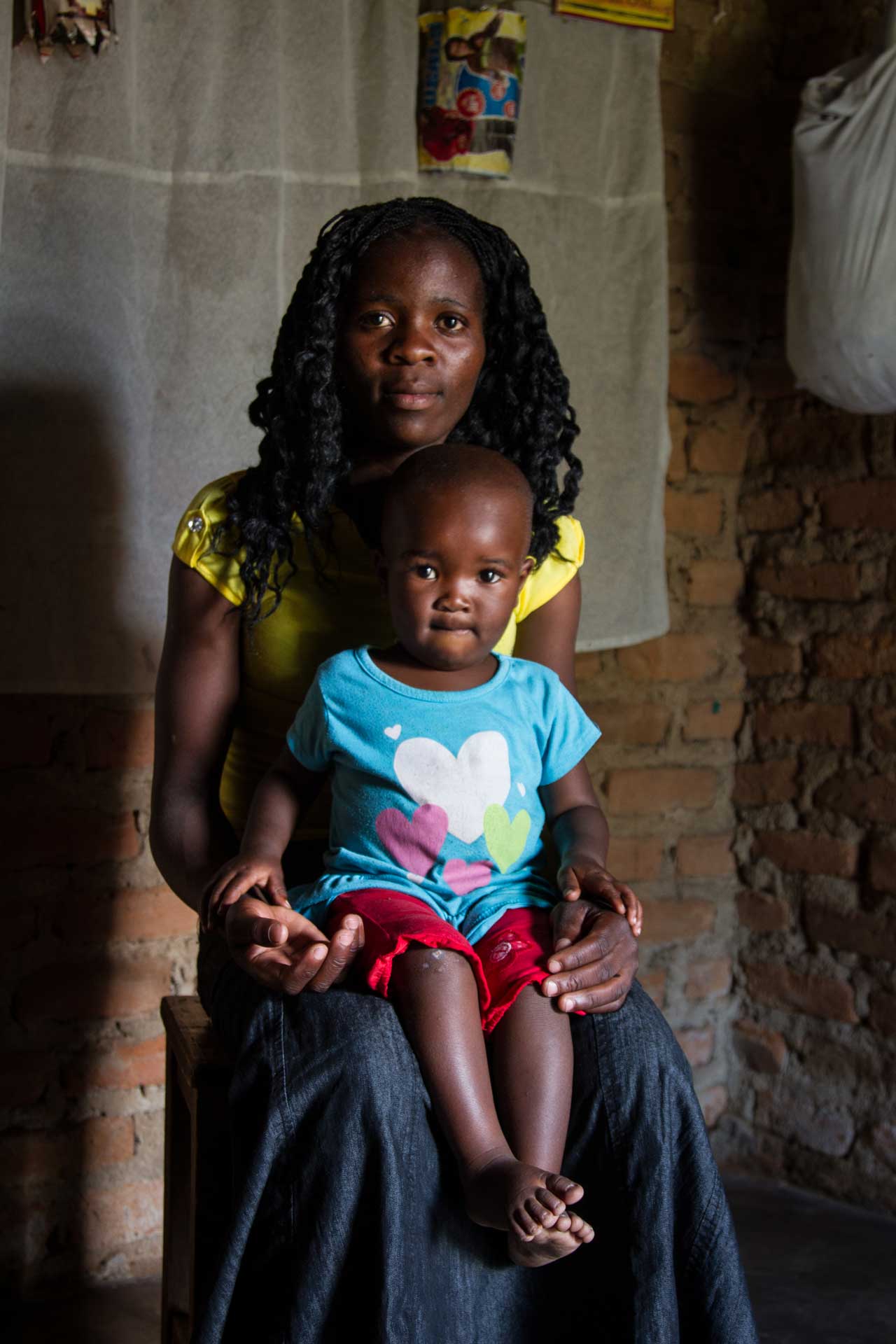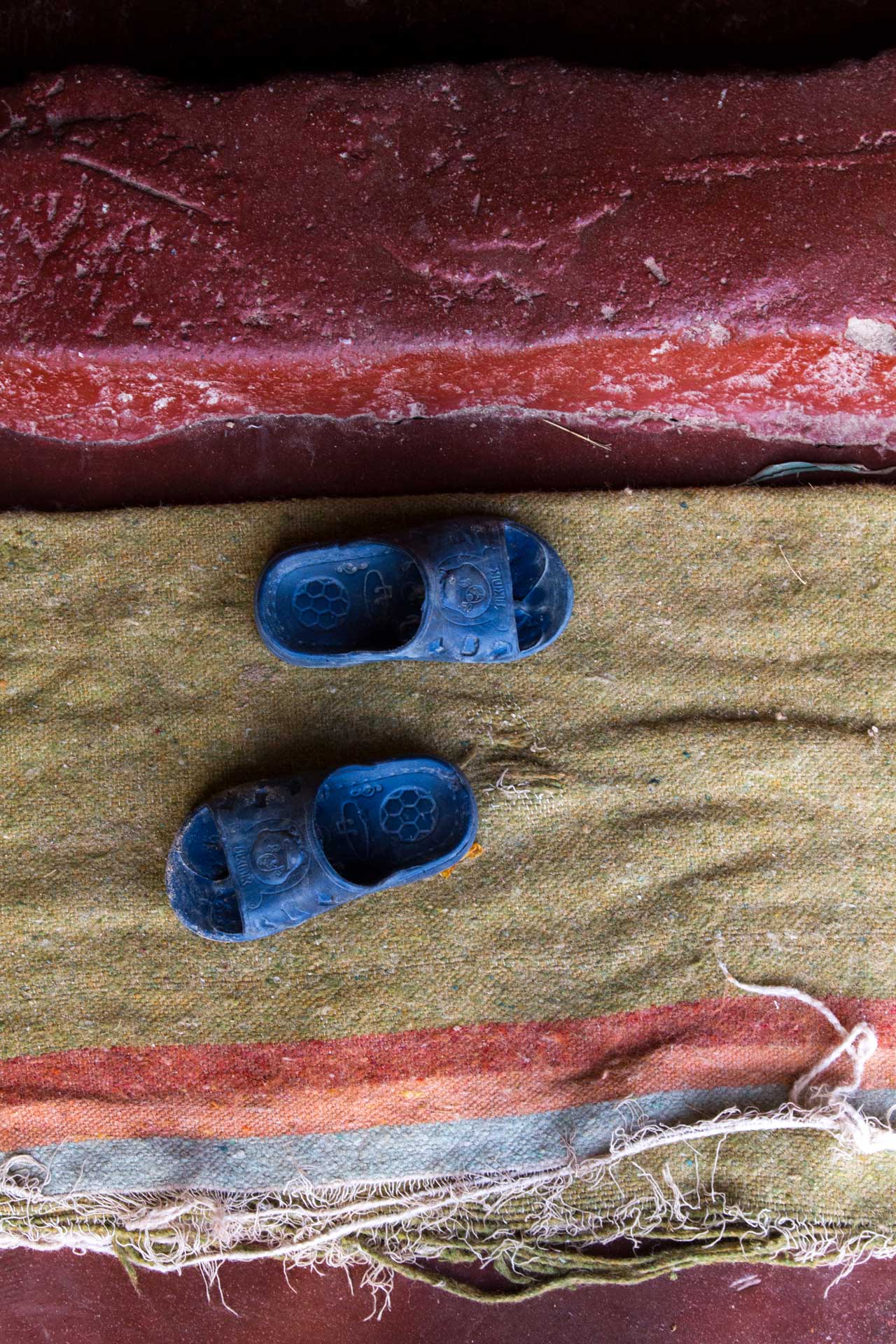18+ Ending Child Marriage
In some areas of Zimbabwe, the child marriage prevalence rate is as high as 50%. These images were taken for Plan Zimbabwe as part of their 18+ campaign to end child marriage. Plan works with government, community leaders and young girls to eradicate the practice.
 Infant mortality is higher among children born of young mothers and difficult labours are common for girls who are not yet fully developed. This woman explained that when she gave birth to the daughter she is pictured with, they had to assist her by pulling the baby out. She was physically, sexually and verbally abused by her husband on a daily basis.
Infant mortality is higher among children born of young mothers and difficult labours are common for girls who are not yet fully developed. This woman explained that when she gave birth to the daughter she is pictured with, they had to assist her by pulling the baby out. She was physically, sexually and verbally abused by her husband on a daily basis.
 Household responsibilities often become overwhelming for young girls burdened by multiple roles they are too young to understand and many of these marriages are marred by physical, sexual and psychological abuse.
Household responsibilities often become overwhelming for young girls burdened by multiple roles they are too young to understand and many of these marriages are marred by physical, sexual and psychological abuse.
 This young woman was kicked out of her home at 13 and moved in with her boyfriend who she married two years later. The relationship turned abusive and four years and as many children later she left him, returning to her parents. "I feel heartbroken because he played with my life," she says.
This young woman was kicked out of her home at 13 and moved in with her boyfriend who she married two years later. The relationship turned abusive and four years and as many children later she left him, returning to her parents. "I feel heartbroken because he played with my life," she says.

 Another young woman is pictured with her daughter at home in one of Harare's poor, high density suburbs. Research shows that the prevalence rate of child marriage is highest among girls with little or no formal education, and among households with the lowest income levels.
Another young woman is pictured with her daughter at home in one of Harare's poor, high density suburbs. Research shows that the prevalence rate of child marriage is highest among girls with little or no formal education, and among households with the lowest income levels.
 Although child marriage is seen as a way out of poverty, it actually worsens the cycle of intergenerational poverty since young girls lose the opportunity for education and personal advancement.
Although child marriage is seen as a way out of poverty, it actually worsens the cycle of intergenerational poverty since young girls lose the opportunity for education and personal advancement.